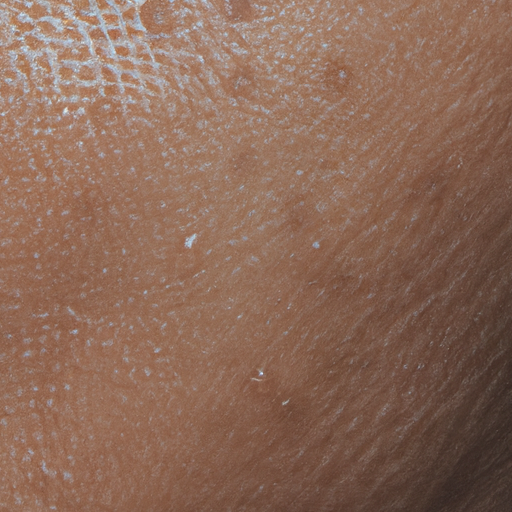Oily skin, characterized by an excess production of sebum, is a common skin type that affects both men and women. It can be a source of frustration due to its association with acne, enlarged pores, and a shiny complexion. However, understanding the root causes and implementing appropriate skincare routines can help manage this condition effectively. This article aims to unmask the gloss associated with oily skin and provide a comprehensive guide to its diagnosis and treatment.
The primary cause of oily skin is overactive sebaceous glands that produce an excess of sebum, a naturally occurring skin oil. While sebum is essential for maintaining skin hydration and health, its overproduction leads to oily skin. Hormonal fluctuations, genetics, diet, stress, and environmental factors also contribute to this condition.
Diagnosing oily skin is relatively straightforward. If your face exhibits a shiny or greasy appearance, particularly in the T-zone (forehead, nose, and chin), you likely have oily skin. Other signs include enlarged pores, frequent breakouts, and a thick or rough skin texture.
Once diagnosed, it’s crucial to adopt a skincare routine tailored to oily skin. Contrary to popular belief, drying out your skin with harsh products can exacerbate oil production as your skin compensates for the loss of moisture. Instead, opt for gentle, oil-free cleansers that remove excess sebum without stripping your skin of its natural oils.
Incorporating a toner into your skincare routine can also be beneficial. Toners help balance the skin’s pH levels, reducing oil production. However, avoid alcohol-based toners as they can cause dryness and irritation. Look for ingredients like witch hazel or salicylic acid that are known to control oil and unclog pores.
Exfoliation is another crucial step in managing oily skin. It helps remove dead skin cells that can clog pores and increase oil production. But remember, over-exfoliation can damage the skin barrier and trigger more oil production. Stick to exfoliating 1-2 times a week with a gentle, non-abrasive exfoliant.
Moisturizing is a step that should not be skipped, even if your skin is oily. Dehydrated skin can overproduce oil to compensate for the lack of moisture. Opt for oil-free, non-comedogenic moisturizers that hydrate your skin without clogging your pores.
In severe cases, topical treatments like retinoids or oral medications may be prescribed by a dermatologist. These treatments work by reducing sebum production and preventing clogged pores.
Lastly, lifestyle changes can also help manage oily skin. Regular exercise, a balanced diet rich in fruits, vegetables, and lean proteins, and adequate hydration can improve your skin’s overall health and appearance.
In conclusion, while oily skin can be challenging to manage, understanding its causes and implementing a tailored skincare routine can significantly reduce its impact on your life. Remember, every skin type is unique, and what works for one person may not work for another. It’s always best to consult with a dermatologist or skincare professional to find the best treatment plan for your specific needs.




